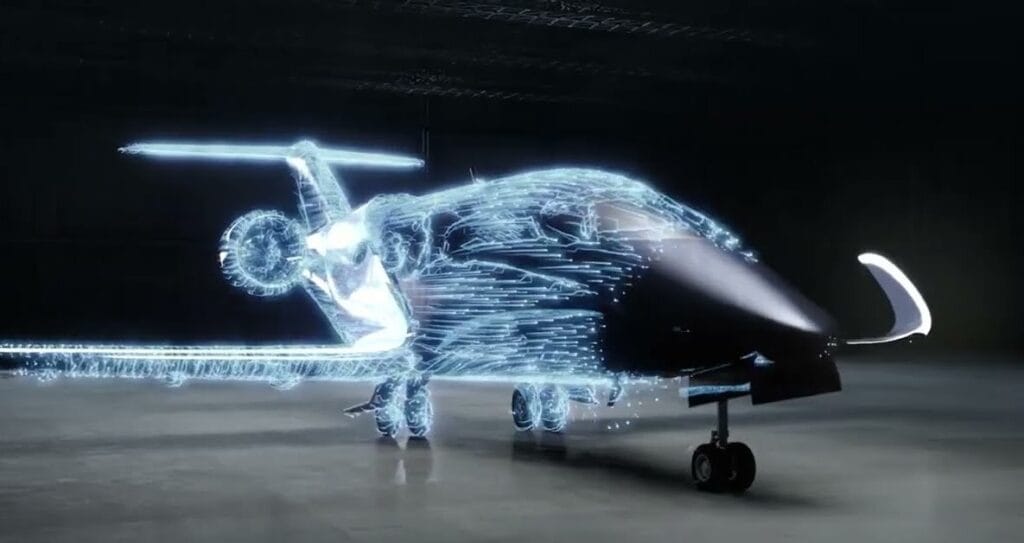Morocco plays a key role in this venture. The OCP group, committed to the production of green ammonia, will provide the hydrogen necessary for the tests and future missions of the aircraft. At the same time, Mohammed VI Polytechnic University is mobilizing its engineers to develop artificial intelligence algorithms capable of optimizing the trajectories and energy consumption of the device.
A new type of aircraft, powered exclusively by green hydrogen, is preparing to take on an unprecedented technological and aeronautical challenge: a non-stop, emission-free round-the-world flight. Designed to demonstrate the viability of hydrogen propulsion in aviation, this ultralight two-seater will undertake a nine-day circumnavigation at a cruising altitude of 3,000 meters in 2028, reports the specialized platform Attaqa.
The architecture of this aircraft is based on a unique combination of advanced technologies. Its propulsion is provided by next-generation fuel cells, converting liquid hydrogen into electricity with an energy efficiency exceeding 60%. The main technical challenge lies in storing hydrogen in cryogenic form: it will be maintained at a temperature below -253 °C inside two pressurized carbon-aluminum composite tanks, integrated into the very structure of the device to optimize mass distribution and ensure maximum range.
The aircraft benefits from optimized aerodynamics thanks to a cell entirely constructed from composite materials, combining carbon fibers and next-generation polymer resins. Hot polymerization assembly allows for exceptional structural strength while limiting the mass of the aircraft. The outer coating, designed from ultra-smooth materials, reduces drag and increases energy efficiency in flight.
The project, led by Swiss explorer Bertrand Piccard and French engineer Raphaël Dinelli, is supported by several major players in the aerospace industry, including Airbus, ArianeGroup, and Safran, who bring their expertise in propulsion, thermal management, and flight control. The company Syensqo, specialized in materials chemistry, is responsible for developing the advanced composites used in the structure of the device.
**Morocco, the linchpin of the project**
Morocco plays a key role in this project. The OCP group, a global leader in the phosphate industry, is committed to the production of green hydrogen and decarbonized ammonia with the aim of powering the tests and future missions of the aircraft. Its production site, which will come into operation in 2027, will harness the abundant solar and wind energy of the kingdom to electrolyze water and produce hydrogen at a very low cost, targeting 1 to 1.5 euros per kilogram.
At the same time, Mohammed VI Polytechnic University is developing artificial intelligence algorithms aimed at optimizing flight trajectories based on weather conditions and energy consumption. These tools will allow for real-time adjustments to the wing’s angle of incidence and the distribution of energy among the various onboard systems, in order to optimize range and avoid any overconsumption during the cruise phase.
The program plans for a first experimental flight in 2026, followed by endurance tests in 2027. The goal is to validate all systems before the 2028 flight, which will take place without refueling and with total energy autonomy. If this mission succeeds, it could mark a major technological breakthrough and pave the way for fully decarbonized commercial aviation.


